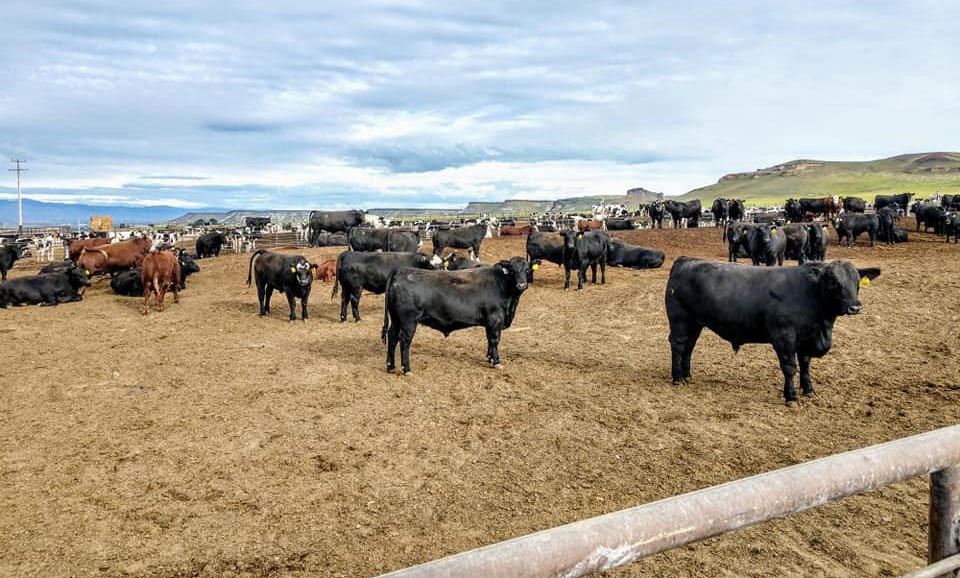Hundreds of cattle died in Iowa from extreme heat and humidity in late July, the state and...
Heat Stress Kills Estimated 10,000 Head of Kansas Feedlot Cattle

Multiple feedlots in Kansas were hit by a string of high temperatures recently, resulting in the loss of thousands of head of cattle due to heat stress. The current heat wave blazing through Kansas feedlots has killed an estimated 10,000 head of fat cattle. Livestock experts put the geographical center point for those deaths at Ulysses, Kansas.
What is known is that leading up to these heartbreaking losses, temperatures in the area were over 100 degrees Fahrenheit, there was humidity, and there was little to no wind to help cool the animals.
Large losses in feedlots due to heat stress seem to start every year around June, according to veterinarian A.J. Tarpoff, who works with Kansas State University Extension. He explained that when there is a "perfect storm" of too much heat and no opportunity for nighttime cooling, cattle can accumulate heat and die from the stress. It's a situation that can hit both feedlot and grazing animals.
"Heat stress doesn't happen all at one time. Cattle accumulate heat during the day, and then over the nighttime hours, it takes four to six hours for them to dissipate that heat. As long as we have a cooling effect at night, cattle can mostly handle the heat. Where we run into issues is where we have two to four days in a row of minimal nighttime cooling, and we start the day with the heat load we accumulated the day before still there," said Tarpoff.
"The second week of June is when, historically, we start to see this, and I think a lot of it has to do with the hair coat. Cattle can adapt to almost any environment on earth, but they need time. At this point in the season, a lot of them have not fully shed that winter hair coat and slicked off," he said, adding that the fact that the majority of the U.S. cow herd is black also means they can't cool as efficiently.
In this most recent reported loss, many of the animals appeared close to going to processors. They were fat and, Tarpoff added that, in cases like this, once these layers of fat develop, it can put animals at more risk of heat stress.
While every heat-related loss is not preventable, Tarpoff said there are several mitigation strategies feeders can use during the summer months. They all start with monitoring conditions and having a plan to deal with the stress.
Whatever contributed to these losses, Tarpoff said he knows animals at that stage had to be extremely high value, given their size at the time of loss. "The most expensive animals we have in an operation are the ones that have been there the longest," he said. "We've provided them the most feed, yardage, health care and medications. We've invested the most in them. So, when you lose animals like that, it is quite costly to the operation."
Editor’s Take:
It is always concerning to read of animal losses, especially of this magnitude, and due simply to Mother Nature. Even the loss of one animal when I was growing up on the farm seemed like a big deal. Not only was it a sad occasion, but it certainly impacted our farm’s productivity and profitability. And, in today’s economic environment, where meat is already increasing in price, a loss of this magnitude will only add fuel to the inflationary fire. Hopefully, while disappointing to read, articles like this can help CAD members better understand the risk and perils faced by farmers and ranchers across the country. Realize just how hard they work only to see it destroyed through no fault of their own.








